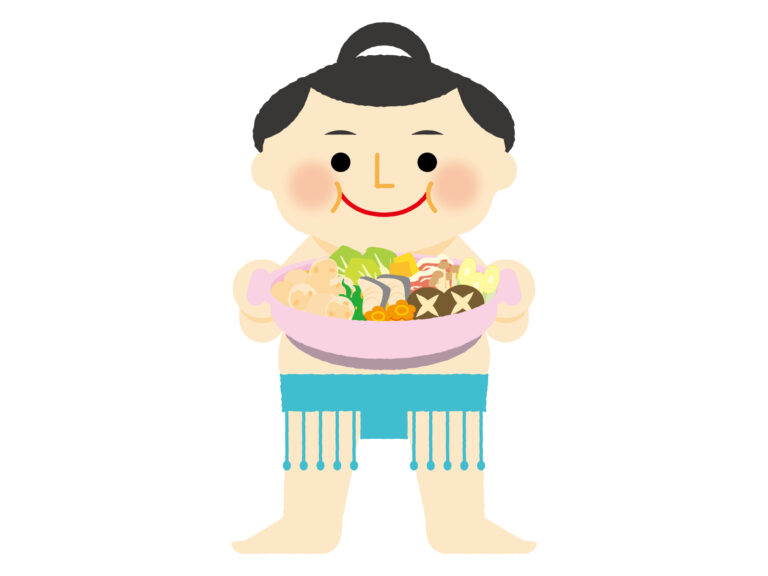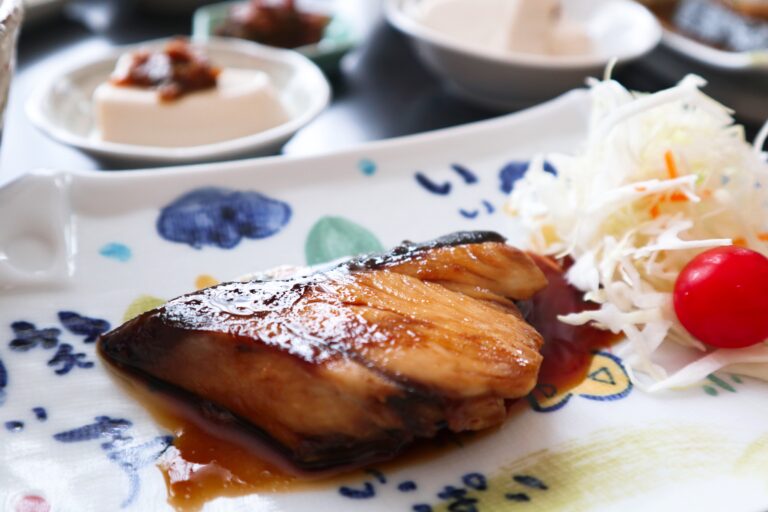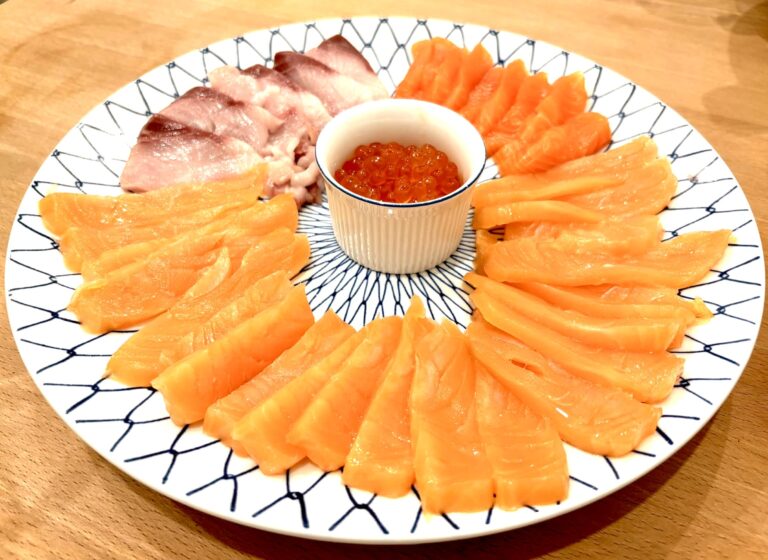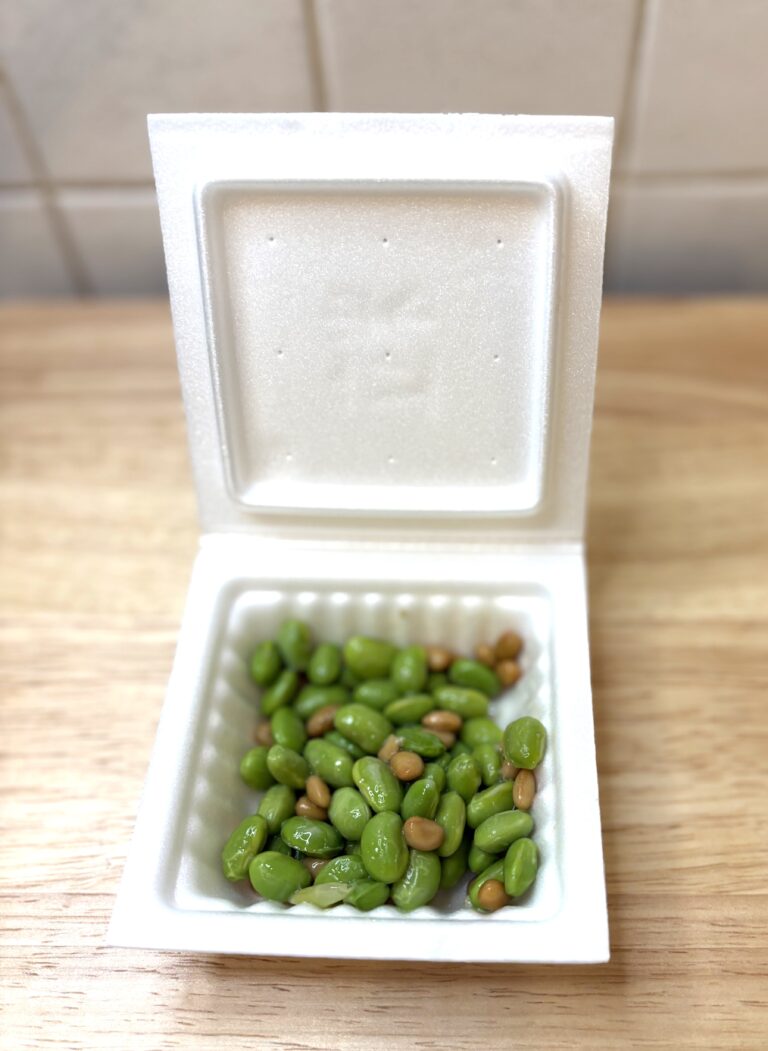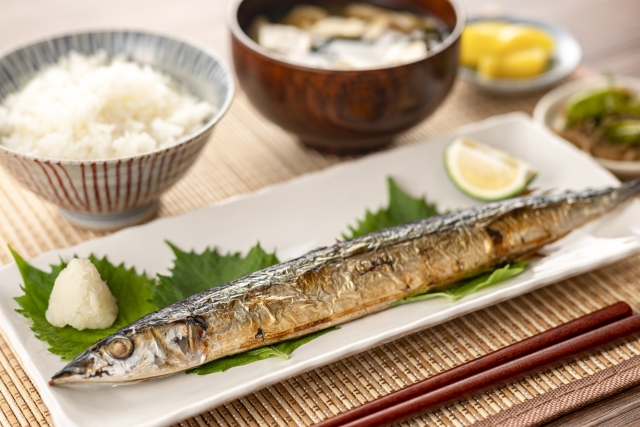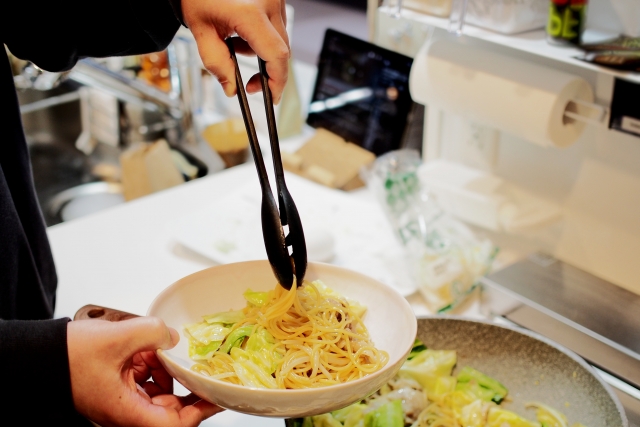Dear Japanese Food Lovers,
Hello from Aiko at isfor WA, Oxford!
Did you know that food can dance?
When you sprinkle katsuobushi (shaved, dried bonito) over a steaming dish like okonomiyaki or takoyaki, the delicate shavings move and curl as if they were alive. Don’t worry — it’s simply the heat rising from the food that makes the paper-thin flakes “dance.”
This little moment of magic is one of the delights of Japanese cooking. Not only does katsuobushi bring movement to the plate, it also adds a deep savoury flavour (umami) that transforms the dish.
Have you ever tried watching katsuobushi dance on your food? It’s both playful and delicious — a true taste of Japan!
How Katsuobushi is Made
Katsuobushi is made from skipjack tuna (katsuo in Japanese). The process is long and highly skilled:
- Filleting and Boiling – The fish is filleted and simmered to remove excess fat and moisture.
- Smoking – The fillets are repeatedly smoked over wood for several weeks, giving katsuobushi its deep aroma.
- Drying and Fermentation – The smoked blocks are left to dry in the sun and are often inoculated with a special mould, which ferments the fish and reduces moisture even further.
- Hardening – Over several months, the fish becomes rock-hard, almost like wood.
Finally, the blocks are shaved into ultra-thin flakes that curl and “dance” when placed on hot dishes. These flakes are also the foundation of dashi, the essential stock in Japanese cooking.
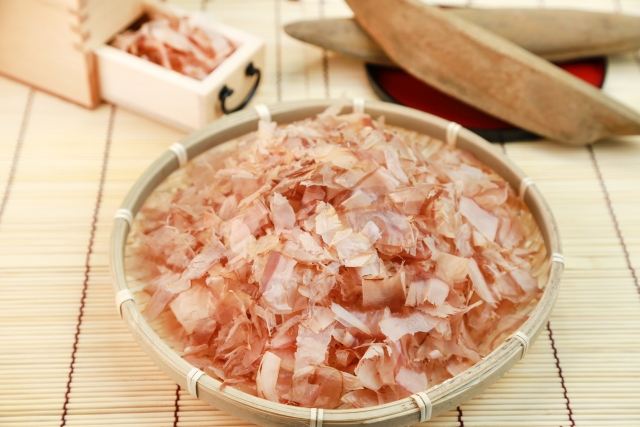
Confession time: I usually cook by eye rather than following strict measurements, so turning my dishes into actual recipes can be tricky. But if I want to share them with you all, I’ve got to put them down on paper—measurements and all! Those recipes will be available soon from isfor WA cookery school 😉
Happy Cooking!
Aiko
isfor WA

